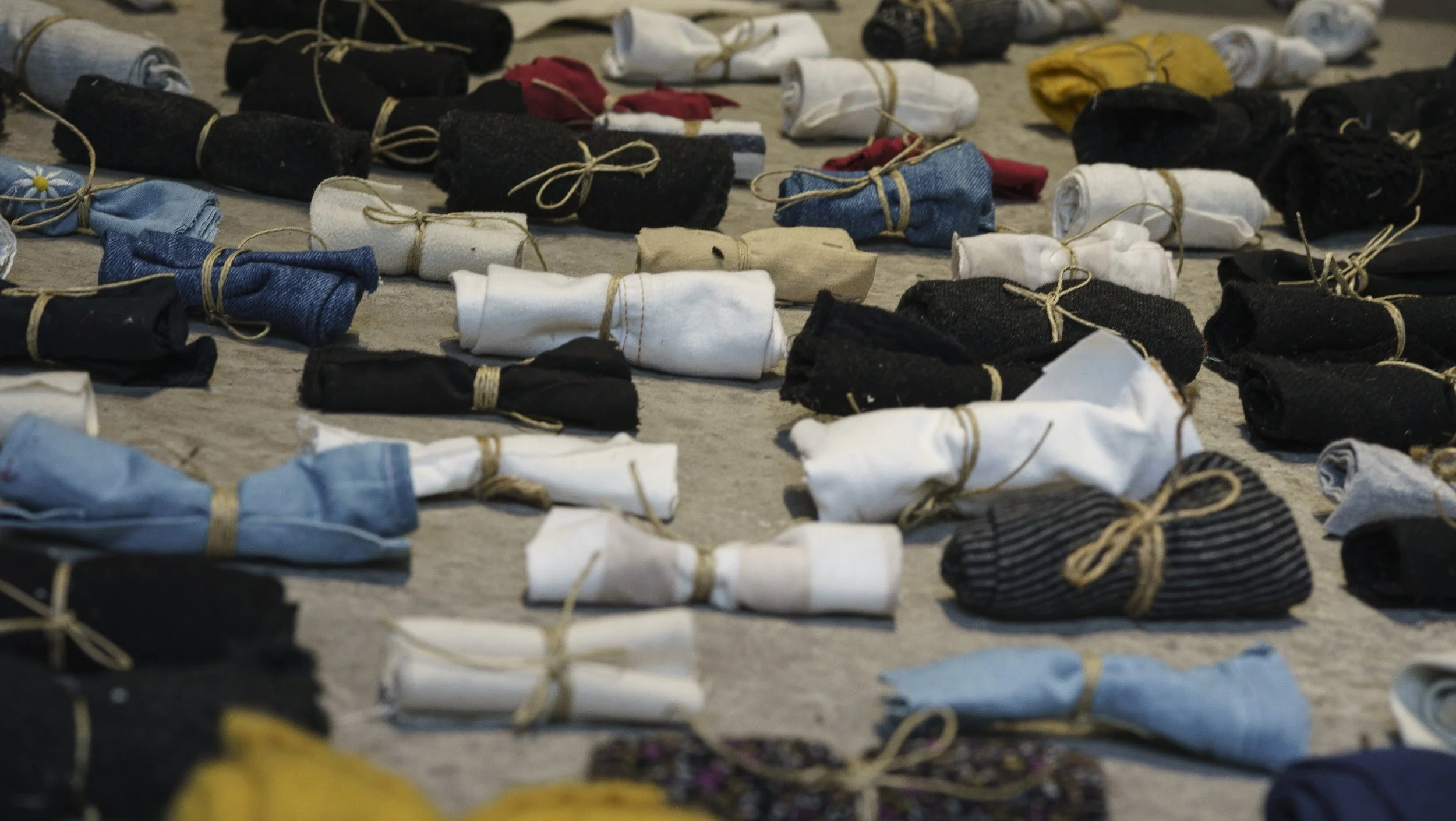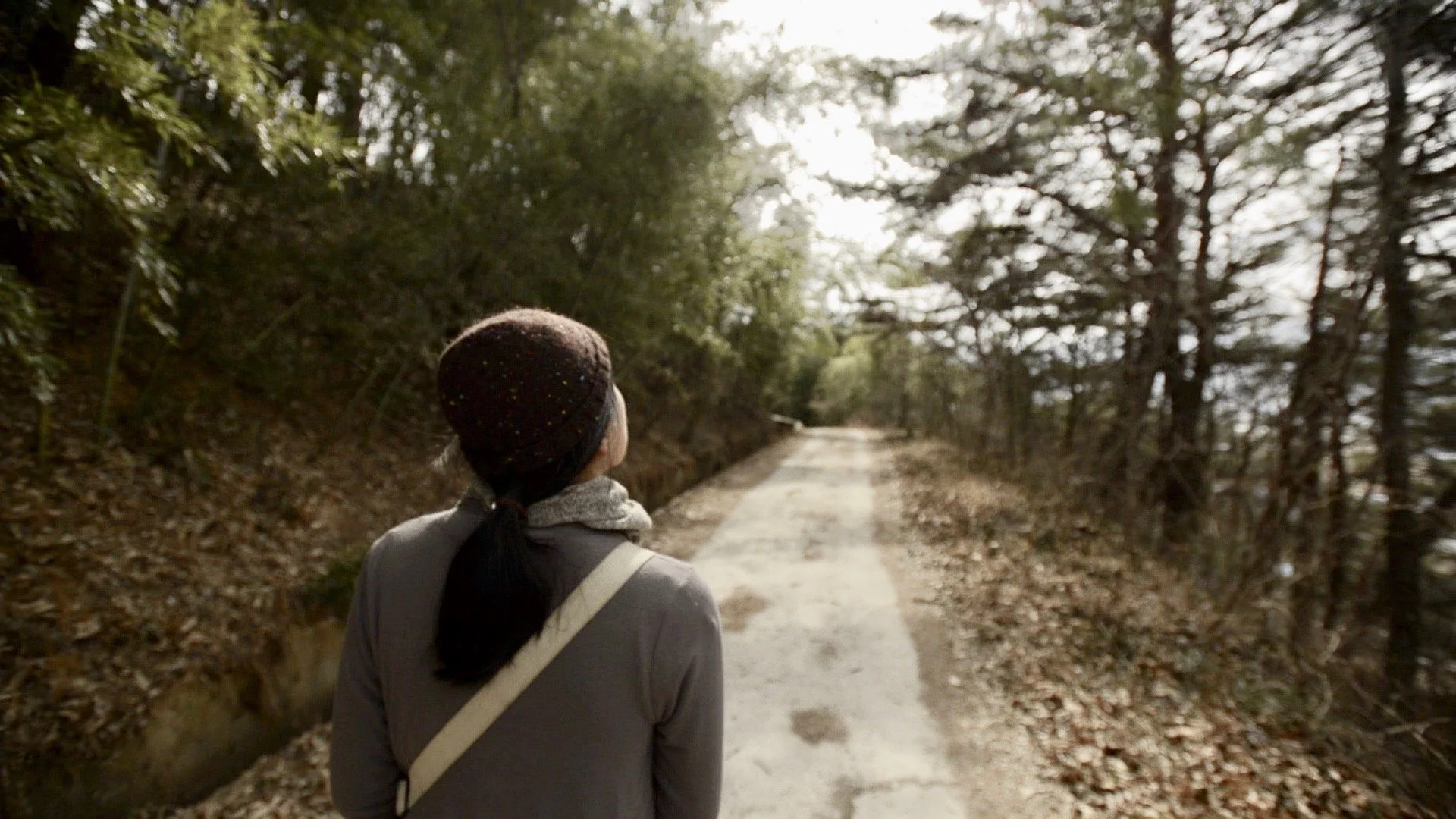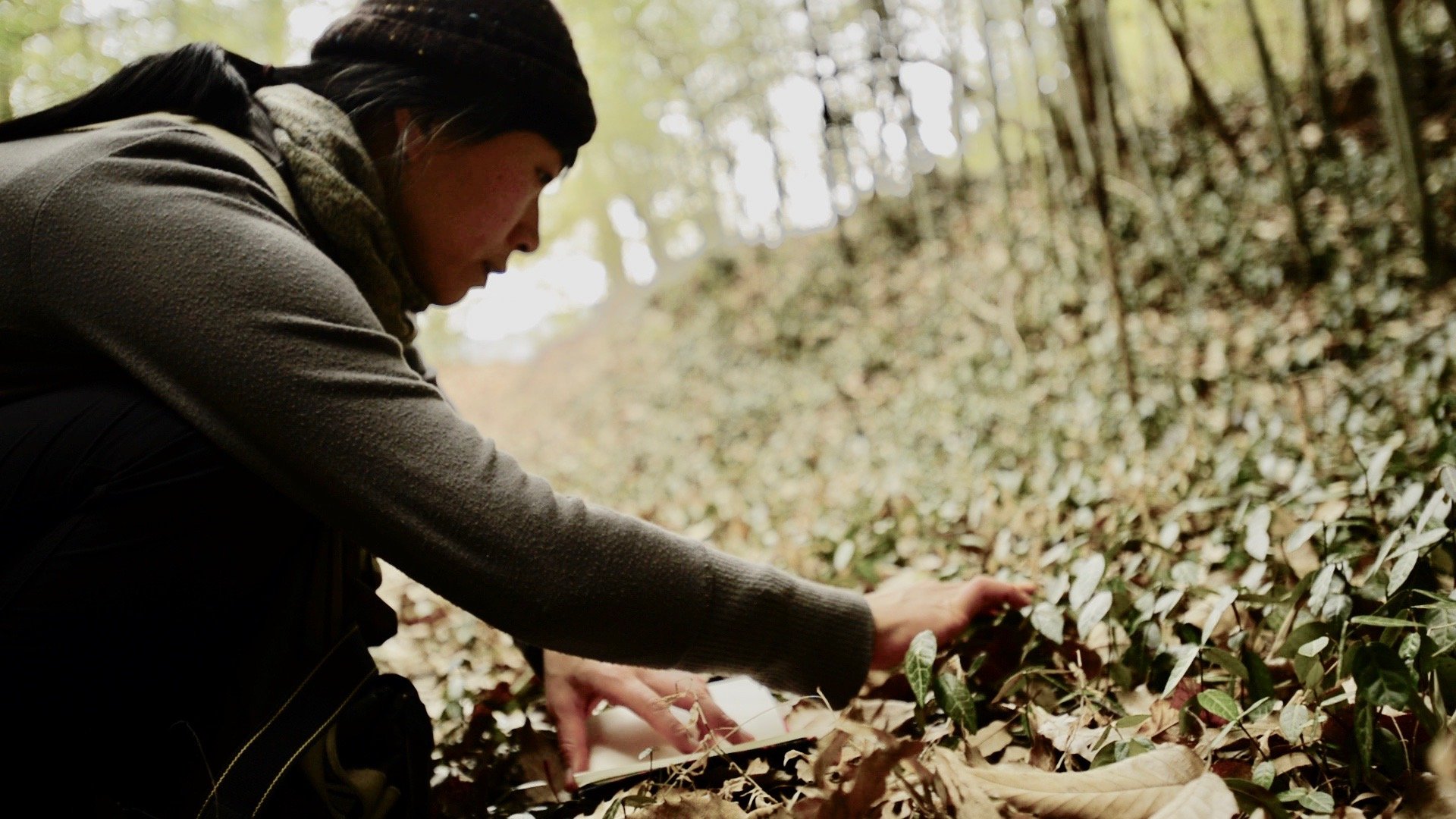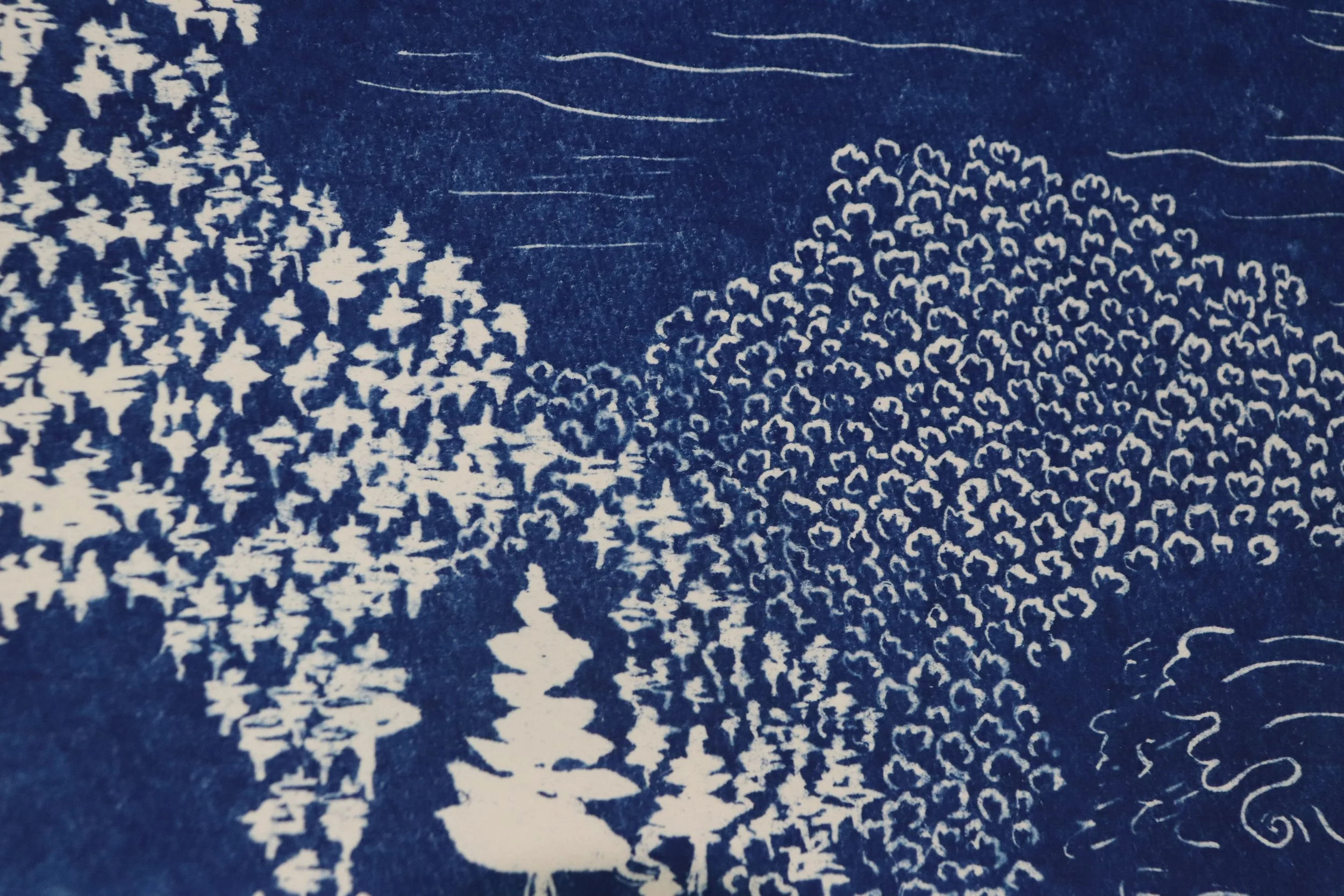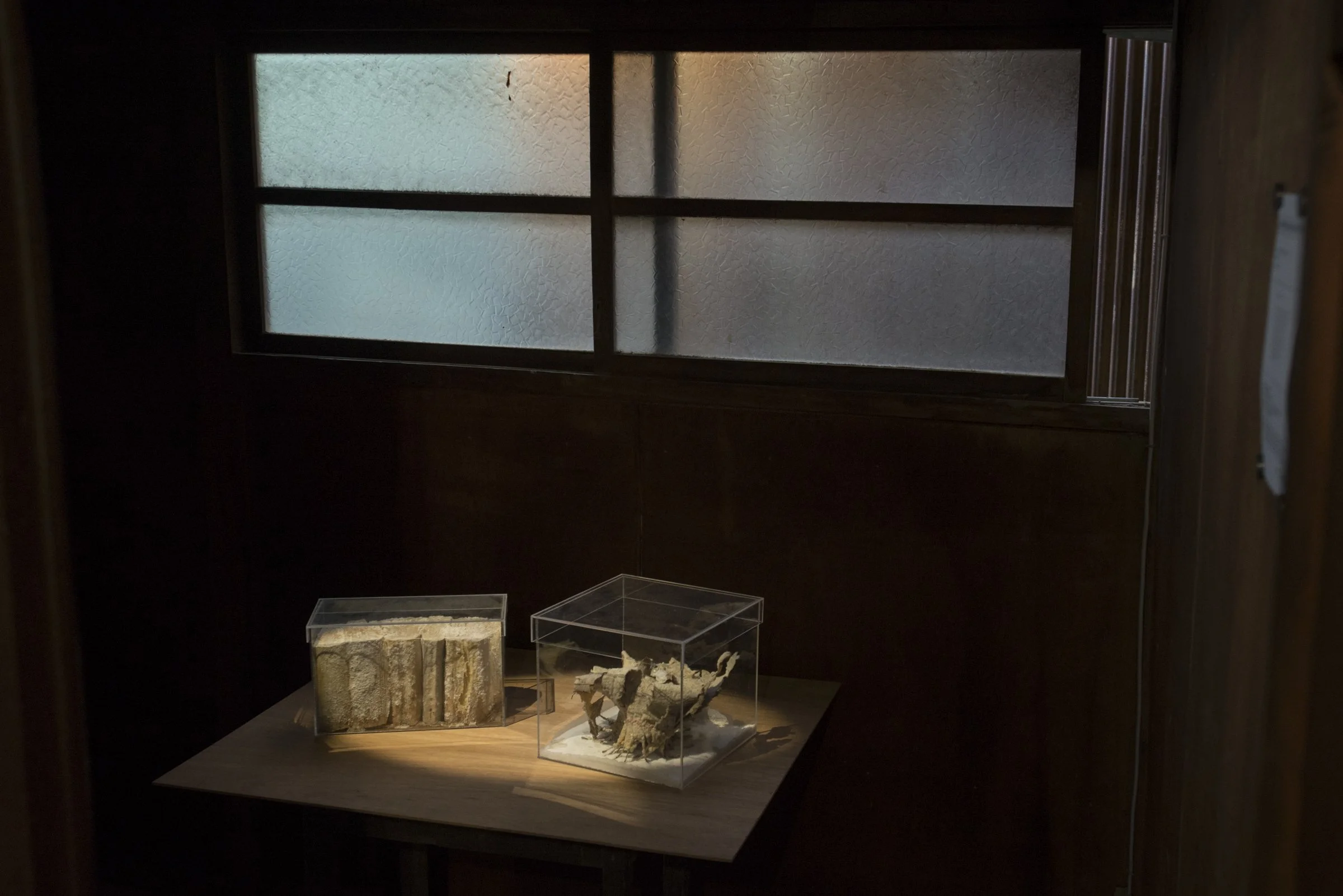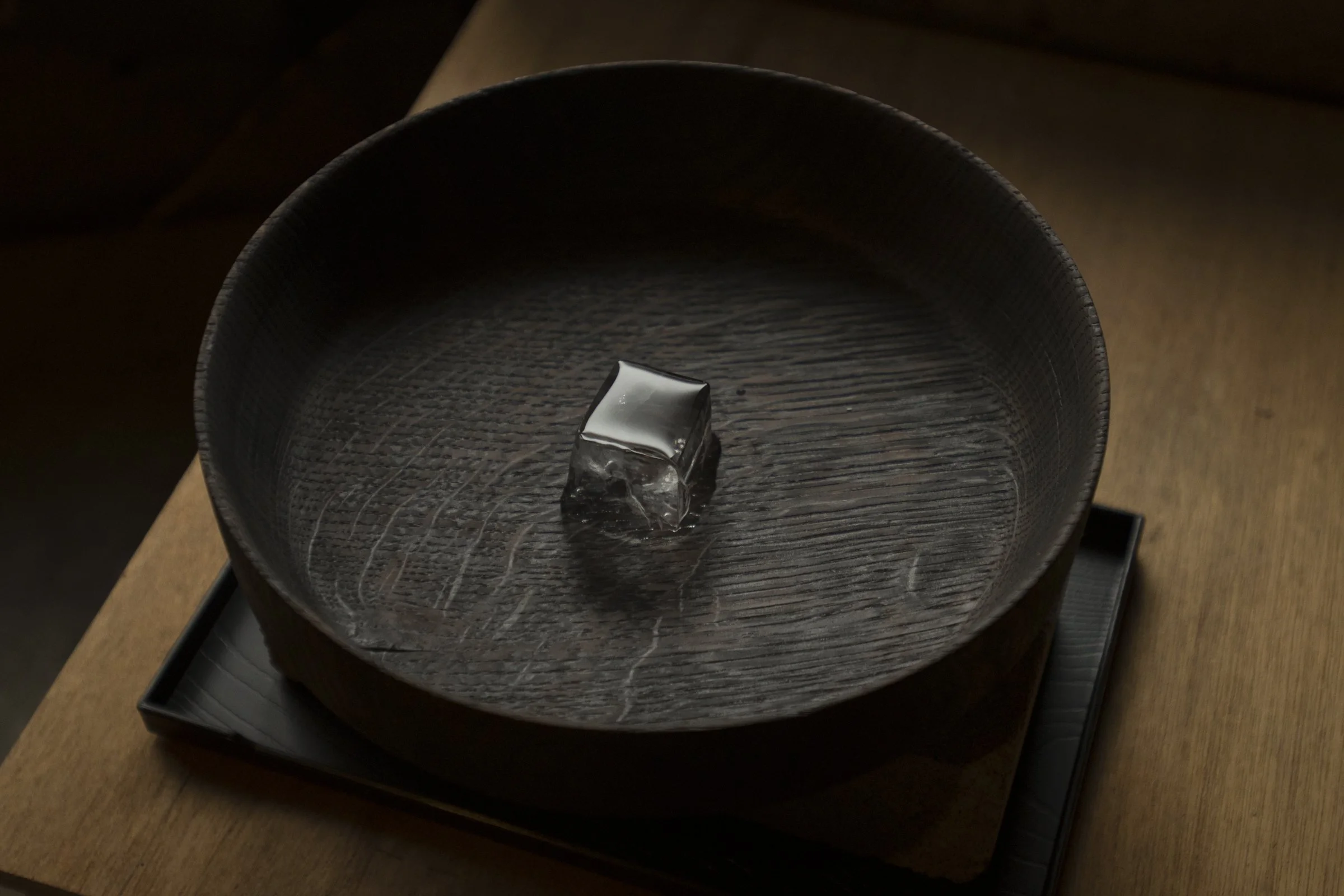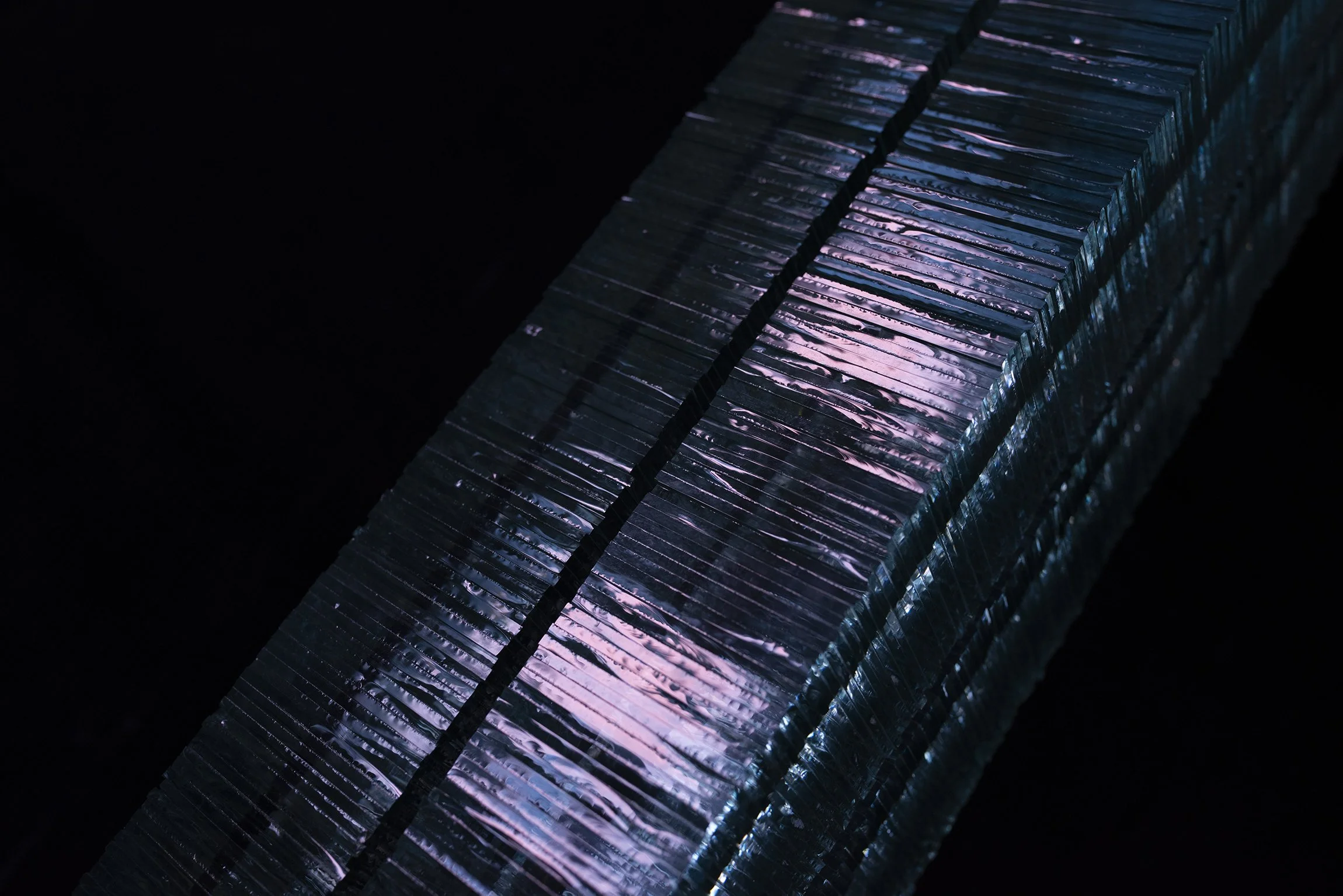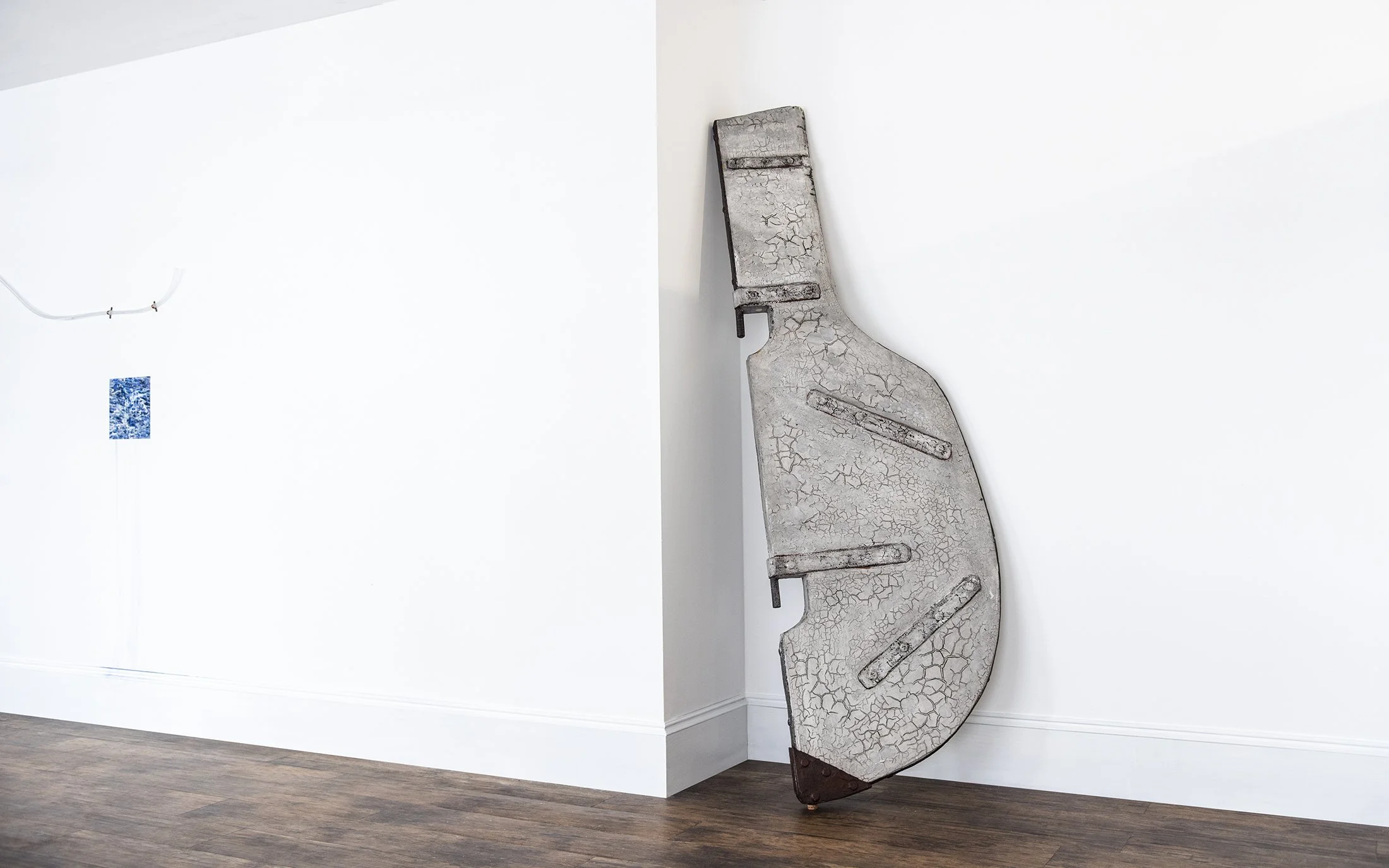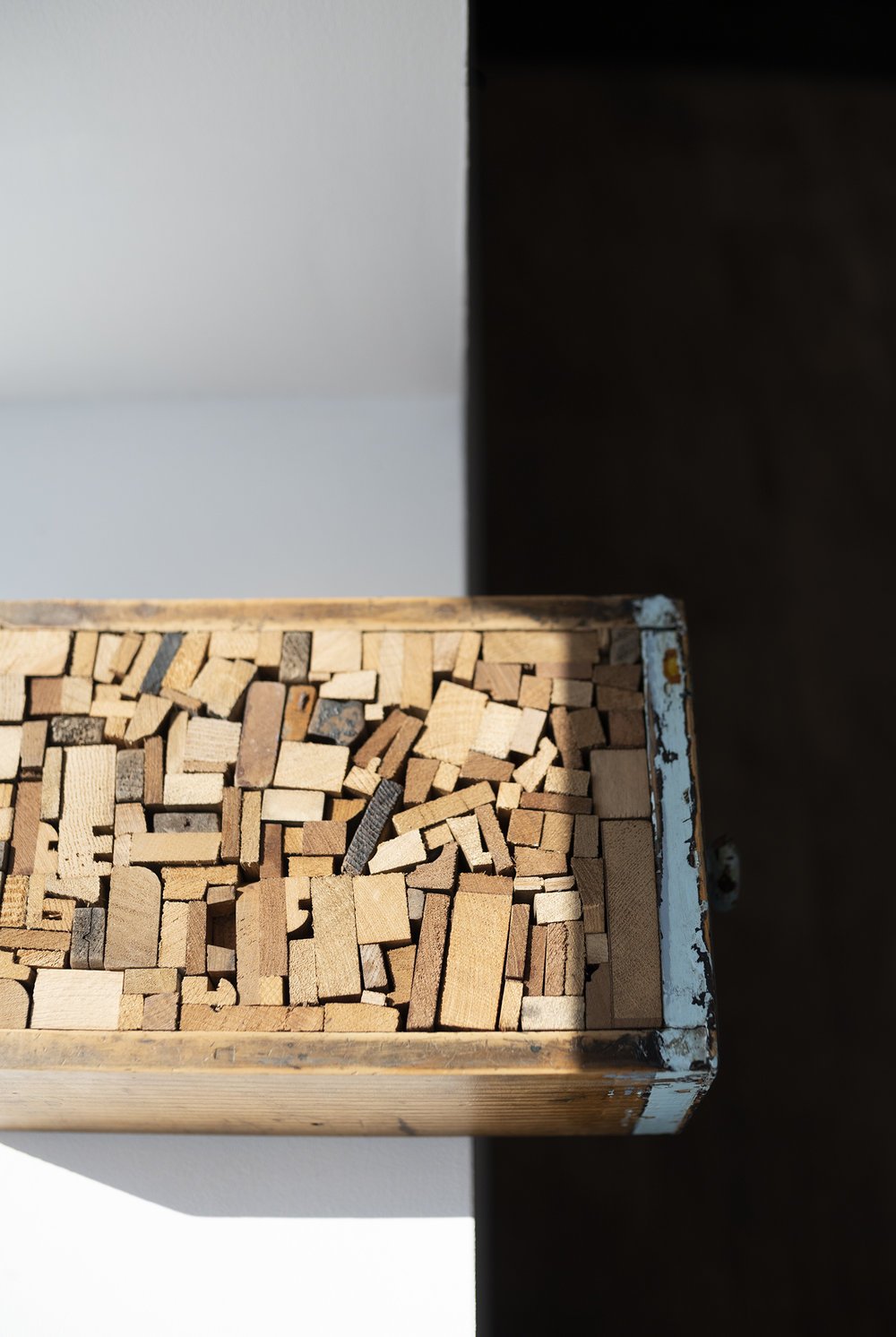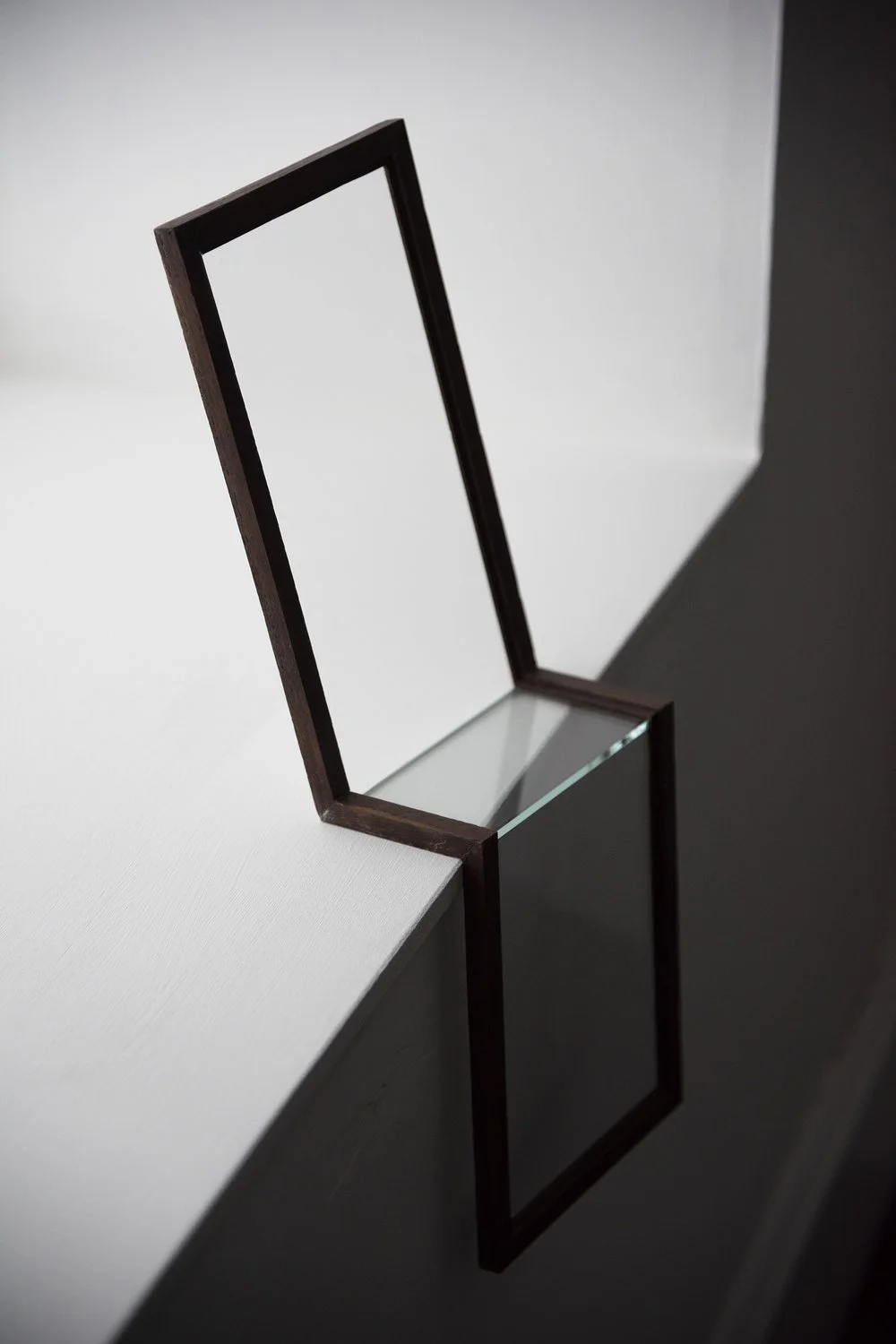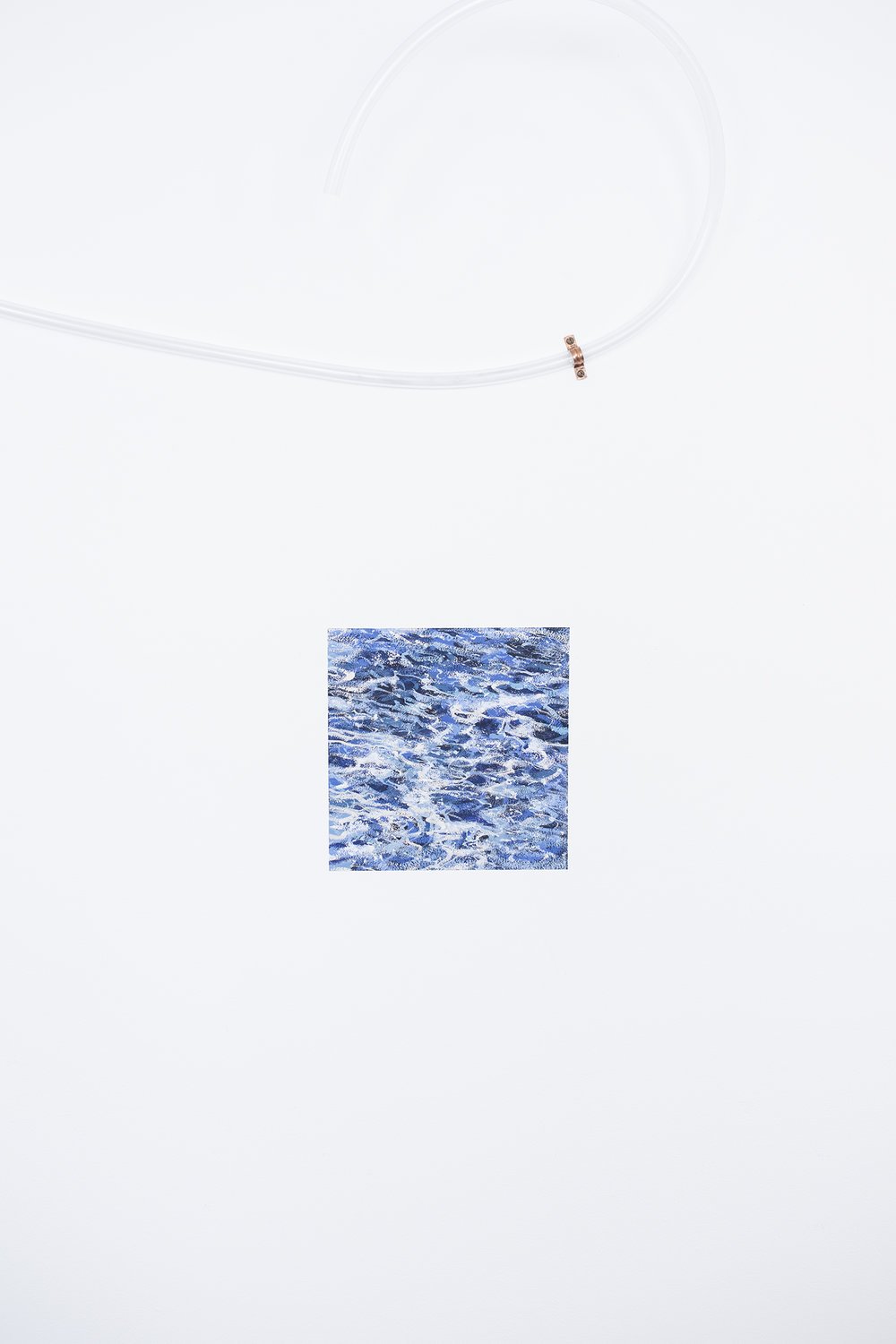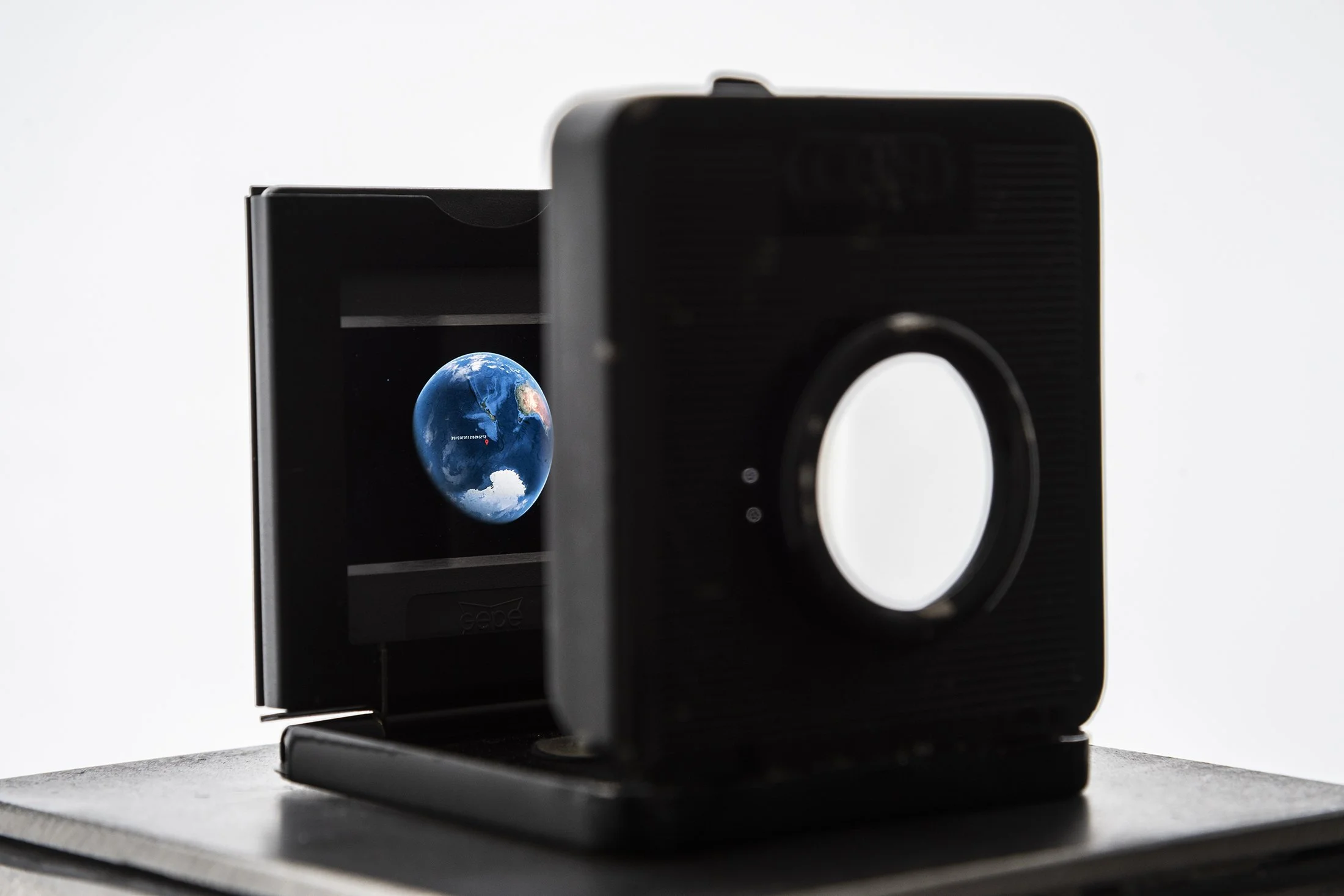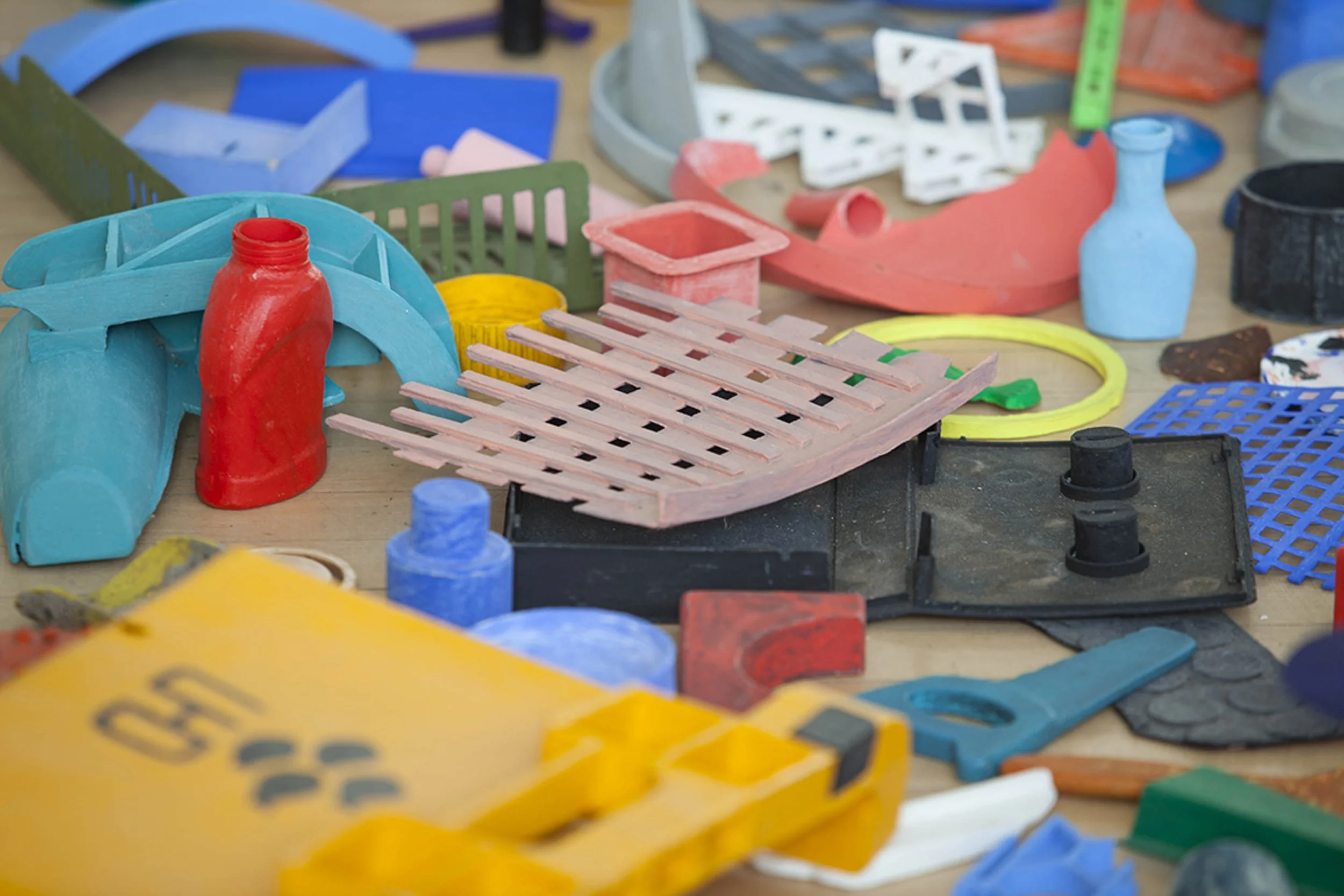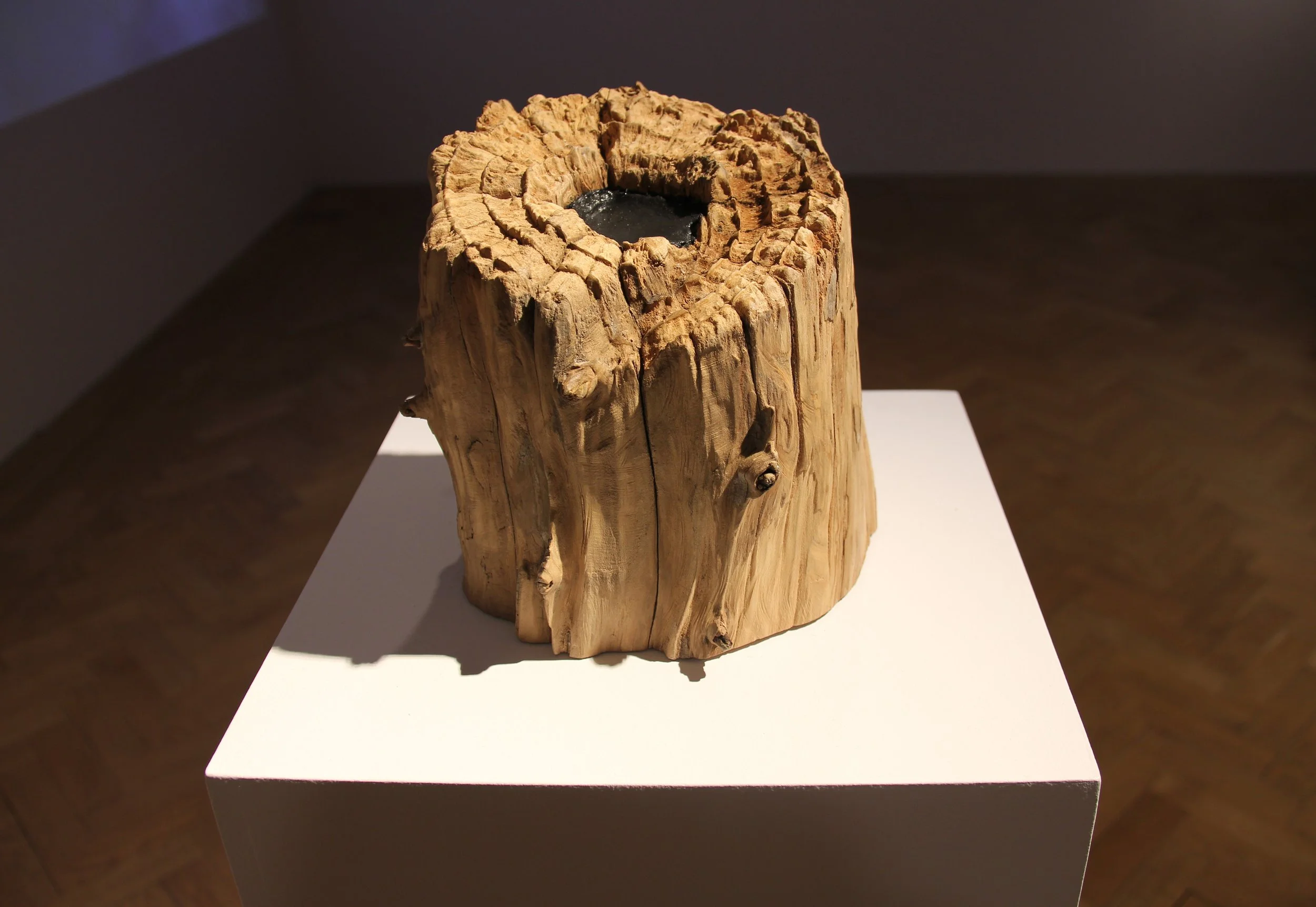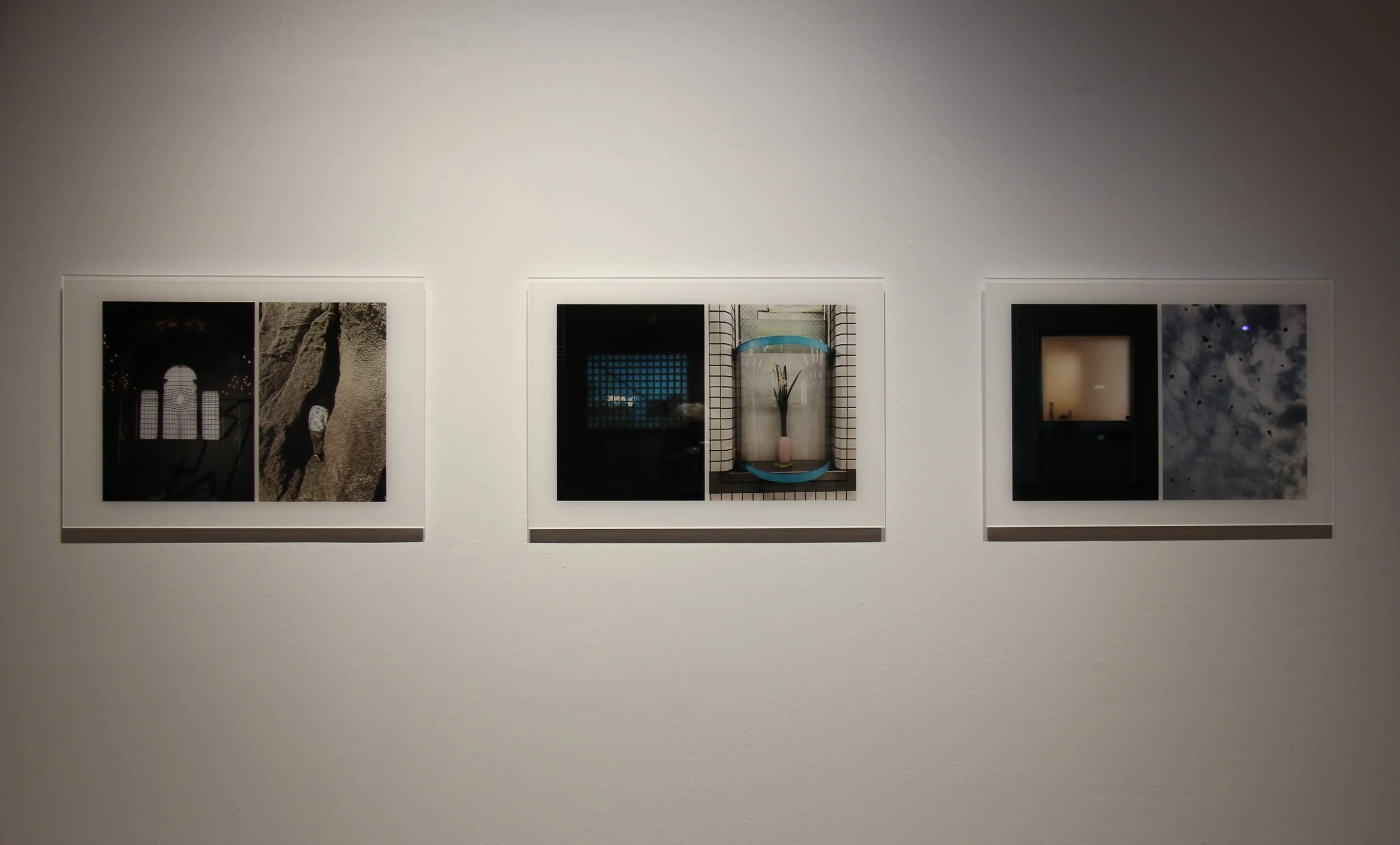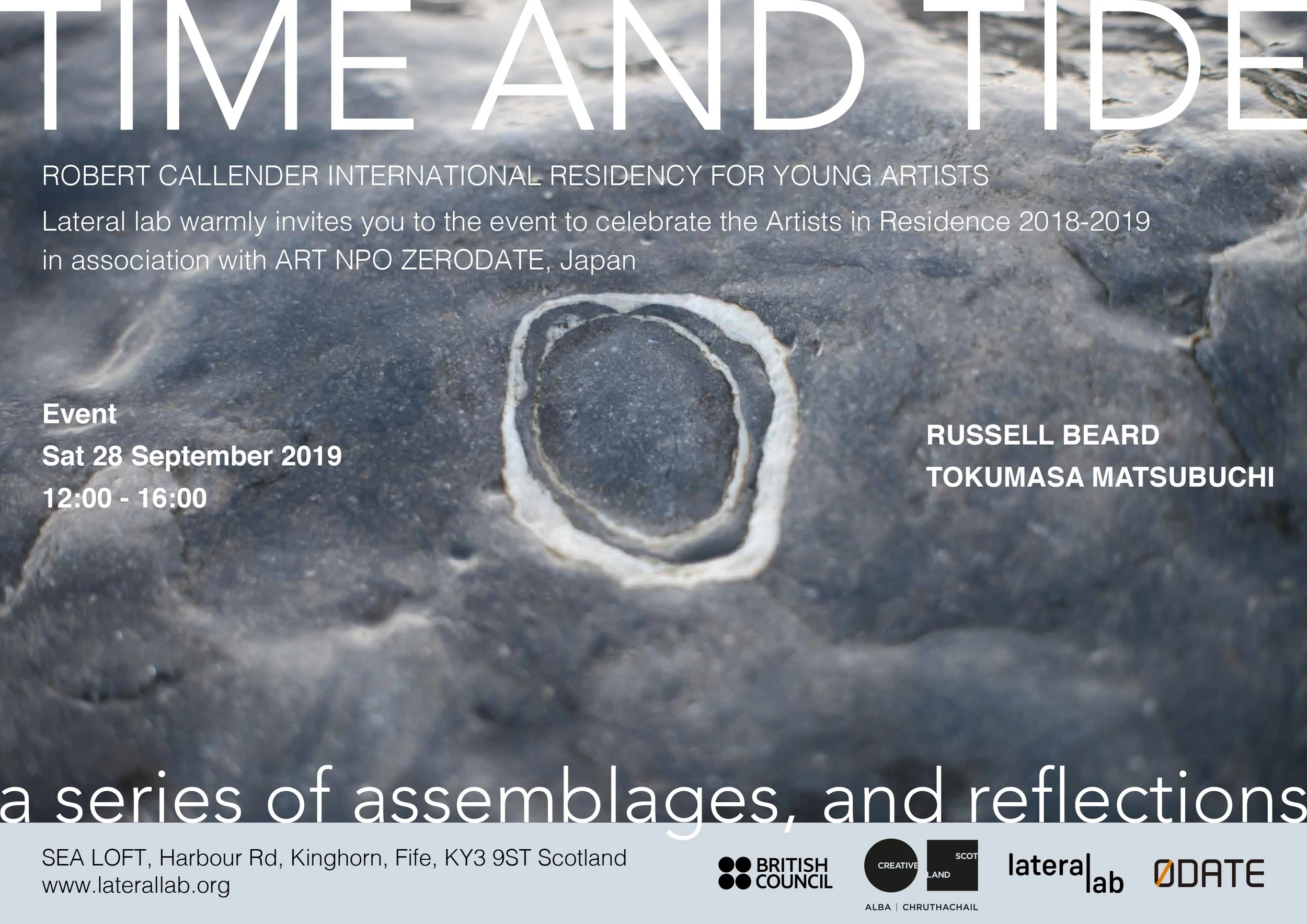Luis B. Guzmán
Luis B. Guzmán (Radix-lucis studio) was recognized with funding to participate in the Robert Callender International Residency for Young Artists awarded by Lateral Lab. This award allowed him to develop part of the Cosmoecology project featured here, specifically the aluminum prints exhibited at Araucaria Gallery in Barcelona in 2024. During the residency at Sea Loft in Kinghorn, Scotland, he reconnected with Scottish culture, an influence that stems from his studies at the University of Edinburgh. He also conducted a series of experiments with new technologies, such as virtual reality and artificial intelligence, while dedicating time to advancing his research in the field of aerospace technology.
left Luna | direct print on brushed aluminium, 80 x 60cm
right Encedalus | direct print on brushed aluminium, 67 x 50cm
Guzmán’s high-resolution topographic images, captured through Field Emission Scanning Electron Microscopy, document an artistic and scientific exploration aboard the International Space Station (ISS). These visuals reveal the results of exposing a marine diatom culture – single-celled algae responsible for producing 25–30% of the oxygen in Earth's atmosphere, essential for human life and more – to a lunar gravity environment.
The primary aim of the project was to explore the potential of space technology as a tool for creating extraterrestrial life and to investigate life itself as a plastic artistic medium. The work also seeks to create an ontological differentiation between the history of life on Earth and the potential history of extraterrestrial life, exploring how the morphological plasticity of Phaeodactylum tricornutum – a species capable of shifting between three distinct morphotypes – might offer insights into adaptive strategies and evolutionary pathways in extraterrestrial contexts.
This project also highlights the adaptability of non-human organisms to extraterrestrial conditions, emphasizing the critical role they can play in shaping interspecies cooperation for sustainable futures in space. By challenging the anthropocentric narrative of space exploration, it underscores symbiosis as the fundamental condition for the evolution of life both on Earth and beyond.
By using atmospheric CO2 as both an artistic and technical resource, Guzmán critiques the notion of humanity’s “technological triumph” over nature. Instead, he proposes rethinking space exploration through the concept of Cosmoecology, where interspecies collaboration becomes the foundation for cultivating life beyond our planet. This project serves as a reflection on the current climate crisis and a call to imagine life as a cooperative and transformative force in both art and science.
The project was launched on 7th March 2020 in a NASA / Spacex CRS-20 mission onboard MIT SEI Sojourner 2020. It was hosted for 30 days in the International Space Station producing 30 generations of marine diatoms that could be considered extraterrestrials.
Exhibition: Barrido Araucària Galeria d'Art, Barcelona, Spain
Images above courtesy of Araucària Galeria d'Art
Learn more about the project
Part I
Emily Atkins
Martin Crawford
Portend Collective
Kirsty Smith
Part II
Maya El Nahal
Kirsten Gair
Scott Hunter
Johanna Saunderson
Lateral Lab enthusiastically and wholeheartedly presented a set of exhibitions titled Correspondence – a national programme for emerging artists with an international outlook as impelled by human impact on nature in the epoch of climate emergency. The project was inspired by the influential thinking of anthropologist Tim Ingold, particularly by his recent book Correspondences.
Drawn together from across Scotland, the work of these artists share a striking resonance that holds critical value for our times. Informed by scientific method and enquiry, and concerned with environmental issues, this group works across film, installation, photography, print, sculpture, and textiles. Initially brought together by Lateral Lab, a cultural trust that supports contemporary creative responses to the environment through an ecocentric spirit of exploration and international collaboration, the group showcases recent projects, with connection and ecologies as central themes.
Part one featured work by Emily Atkins, Martin Crawford, Portend Collective, and Kirsty Smith, dwelling on relationships with landscape, object, and story. Part two presented work by Maya El Nahal, Kirsten Gair, Scott Hunter, and Johanna Saunderson, and referenced journeys, whether of the body, in memory, or material. As a whole, the exhibitions questioned how we live together, and how we might answer the growing and urgent demands of the climate crisis and its consequent ripples in social, political, and personal spheres.
Correspondence artist Martin Crawford
Espacio Creativo Veta, Santiago, Chile
Banner image above: Kirsty Smith
Studio Kura
Paul Meikle, Yoshihito Kawabata, Yulia Kovanova, Kaori Matsumura
Art Spot Korin
Patrick M. Lydon & Suhee Kang, Niall Stevenson, Joseph Calleja & Clare Ghigo, Luis B. Guzmán
The Branch
Nishiko, Takaya Fuji
Chiodori Bunka
Melissa Lawson, Stephen Kavanagh
Kamoe Art Centre
Masahiro Kawanaka, Russell Beard
ways of thinking artist Suhee Kang
Sixteen artists consider the theme of ways of thinking across five Japanese venues
ways of thinking | Art Spot Korin
Blueprints for the Possible City by Patrick M. Lydon
ways of thinking was Lateral Lab's two-part project to coincide with the UK in Japan 2019-20 programme. Part one was an exchange residency between Lateral Lab in Fife, Scotland, UK and Zerodate Art Centre in Odate, North East Japan; part two was a mapping exercise to capture, locate and document where and how the creative energy of the past years of Lateral Lab's residency programme made its presence felt in the places and through the relationships and networks that have developed, grown and connected with others to affect and sustain positive change. Both elements contribute to the international legacy of Tokyo's hosting of the Olympics by marking and continuing the process of artistic environmental endeavour in a Japanese and international context.
The extensive but modest mapping and site-specific element of the project shared the work of Lateral Lab's artists and collaborators from Japan and Scotland with audiences in both countries, through new works and interventions for public sites across Japan including in Tokyo, Odate City, Nagoya, Yokohama, Shizuoka, Osaka, Kyoto, Toshigi, Hiroshima, amongst others.
ways of thinking plotted people, places and how we connect through experience, geography and environment, capturing the cross-currents that have, and can, create new understandings and practices.
Cultural exchange is increasingly important in these challenging times and Lateral Lab continues to be fully committed to enabling and supporting the exchange process for individual artists and host organisations; promoting and strengthening the international networks that evolve from them.
ways of thinking | Chidori Bunka
Work by Nishiko
David Cass
Joseph Calleja
Robert Callender
As Coastline is to Ocean artist Robert Callender (right)
“Where the picture stops … the world begins.”
Artists David Cass and Joseph Calleja started on a simple footing for this exhibition, produced with the support of Lateral Lab, picking the topic of coasts & coastlines principally because of the gallery’s location; but also – as artists drawn to water – they wanted to mark Scotland’s Year of Coasts & Waters.
The artists took the physical coastline as their starting point, beginning illustratively but gradually evolving. Thanks to Lateral Lab, they were permitted to include key artworks by the late coastally-concerned artist Robert Callender alongside their own. The works created for the show were just as much a response to Callender’s as they were the topic of the coast, not least in their use of found objects; a nod to the papier-mâché facsimiles that make Plastic Beach. If Callender’s works are reformed fragments of salvaged (man-made) sea debris, then Cass and Calleja’s are repurposed splinters from unknown homes – perhaps saved from decades more damp and discolouration – for they each source their materials from abandoned spaces, flea markets, salvage depots… acts which see the peripheral brought centre stage.
Throughout the creation process Cass and Calleja came together to cross reference ideas and explore forward avenues, yet ended up taking a completely different look at the coast. United in their materiality and examinations of edges, angles, borders, boundaries, they each created artworks discussing metaphorical coastlines; artworks which stand at the edge looking out, or indeed, looking in.
As Coastline is to Ocean artist Joseph Calleja
An Talla Solais, Ullapool, Scotland
Banner image: Calleja | Trio image: Cass, Calleja, Cass + Calleja collaboration
Robert Callender
+
Joseph Calleja
Kaori Matsumura
Niall Stevenson
Masahiro Kawanaka
Melissa Lawson
Chieko Terashima
Patrick M. Lydon
Nishiko
Stephen Kavanagh
Lotte Bosman
Paul Meikle
Yulia Kovanova
Scottish artist Robert Callender (1932 – 2011) was driven by his interest in the craft of making and in the environment – particularly the coast, the sea and those who worked on it. A prodigious and technically accomplished output of paintings, work in three dimensions and printmaking is complimented by his writings – succinct prose and poetry on maritime and environmental themes. Focusing on a selection of the artist’s work, this exhibition addressed environmental concerns, ways and means of recycling; issues that underline the enduring and absolute relevance of Robert Callender’s ideas, particularly his later work which took a distinctly ecological turn with his significant installation Plastic Beach.
The exhibition also featured work by 12 artists who have taken part in the Robert Callender International Residency for Young Artists, including Joseph Calleja, Kaori Matsumura, Niall Stevenson, Masahiro Kawanaka, Melissa Lawson, Chieko Terashima, Patrick M Lydon, Nishiko, Stephen Kavanagh, Lotte Bosman, Paul Meikle and Yulia Kovanova.
City Art Centre, Edinburgh, Scotland



